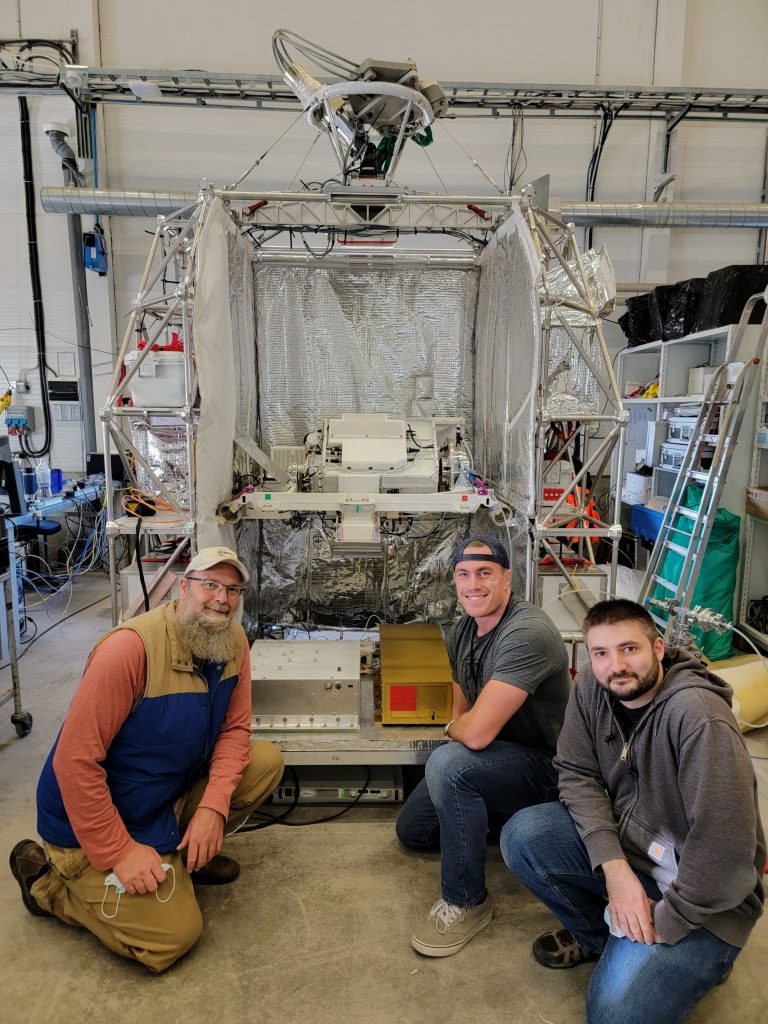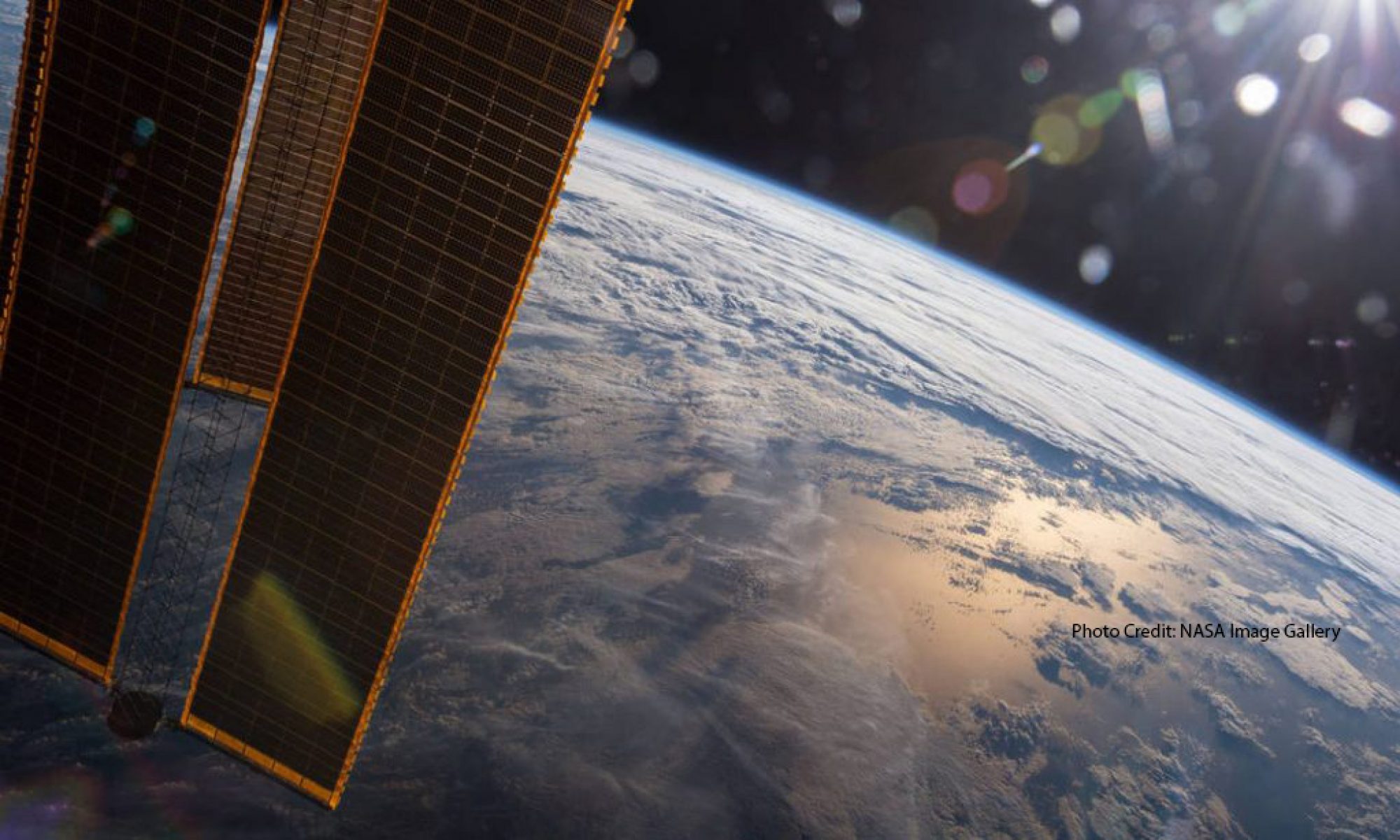
When people think about developing novel technologies for space and near-space applications, they typically assume that most problems will occur once a system has reached its operational stage. There are good reasons for this: space and the upper atmosphere are environments characterized by extremes. Extreme temperatures, vacuum pressures, intense launches and ascents, and the possibility of communications failure around every corner – to name just a few.
ISM CREATE students, Daniel Letros and Liam Graham of the University of Saskatchewan assumed the same thing when finally closed the newest prototype of the Aerosol Limb Imager (ALI) in its cargo trunk to be shipped to Esrange Space Center in the Swedish arctic. After the thousands of combined hours of work spent by them and the rest of the ALI team at USask designing, assembling, troubleshooting, calibrating, and testing their stratospheric balloon payload, they thought that surely the next problem would arise once ALI was 36 km above the Earth suspended by a football-field sized helium balloon. Little did they know that they would soon relearn the same lesson learned by every engineer that has ever worked in this realm.
Never assume anything when it comes to space.
ALI is a prototype satellite instrument designed to fly 35 km above the Earth on a balloon while taking measurements of sunlight scattered by the atmosphere at several visible and near infrared wavelengths. Measurements produced by ALI are used to determine the properties of aerosol particles suspended in the stratosphere including their concentration and size distribution. These measurements are critically important for understanding Earth’s climate, as stratospheric aerosols reflect sunlight away from the Earth’s surface and cooling the planet.
The new ALI prototype that Liam and Daniel were part of developing was scheduled to be launched skyward from Esrange Space Center in the Swedish arctic in August of 2021. Due to the COVID-19 pandemic, the ALI team was not given permission to travel with the instrument for integration and operation in Sweden. However, when ALI was unpacked after arrival at the base by Canadian Space Agency engineers, they quickly discovered that two mirror mounts had fallen apart while being shipped overseas. Due to the technical nature of the reassembly of the mounts and realigning the mirrors the team was granted emergency clearance to travel to Sweden early the next day.
Three days later, Daniel and Liam found themselves in Kiruna, Sweden along with USask research engineer Paul Loewen. After the logistical nightmare of attempting to travel across the globe on 3 days notice during a pandemic, the time had come to work to save their instrument in time for it to be integrated on its gondola in one week’s time. But the trio had come to Sweden with a plan and a deep knowledge of the system they had designed and built. Within 48 hours of their arrival at Esrange Space Centre, that plan had been executed. The mirror mounts had been reassembled and reinforced by structural epoxy, and the system had been realigned and refocussed with the help of equipment borrowed from the French space agency, CNES, and another team working on the German TotalBrO instrument.
Times of crisis and difficulty very often represent an opportunity for those who are willing to take it. The crisis of the ALI mechanical failure created an opportunity for these two young professionals to gain real experience working a problem under real time constraints. A successful outcome would not have been reached if not for the support of the French space agency, a team of German scientists, and the two CSA engineers on site in Sweden. Indeed, flying and testing ALI would not have been possible without
international collaboration. ALI flew on a French space agency gondola alongside two German scientific instruments after being launched from a space center in Sweden. The ALI adventure represents, in its own small way, the international and collaborative nature of humanity’s exploration of space. Alone, we can go nowhere. Together, we can go anywhere.
